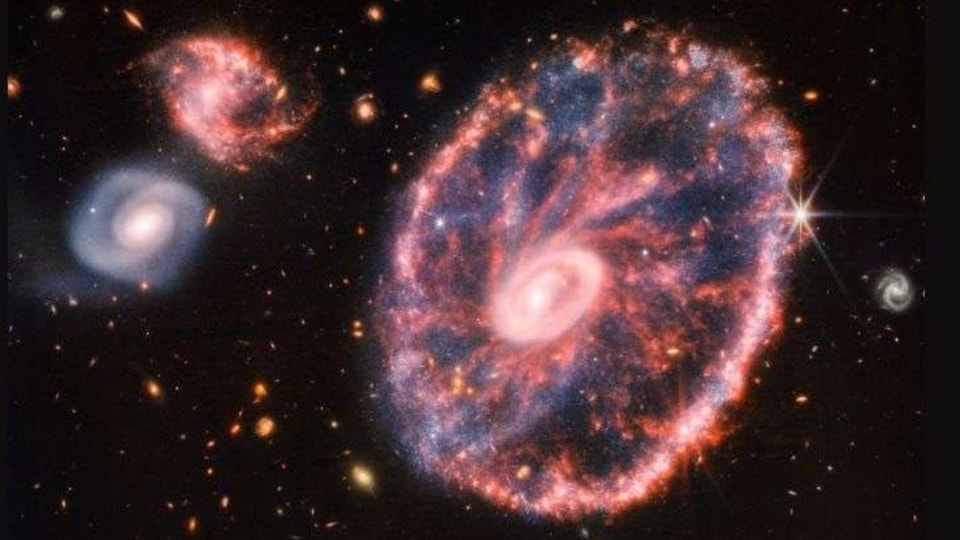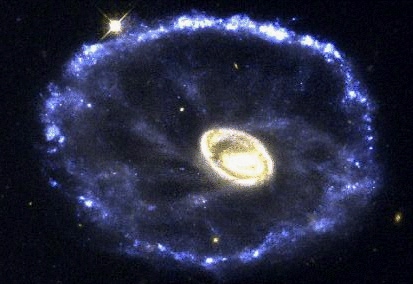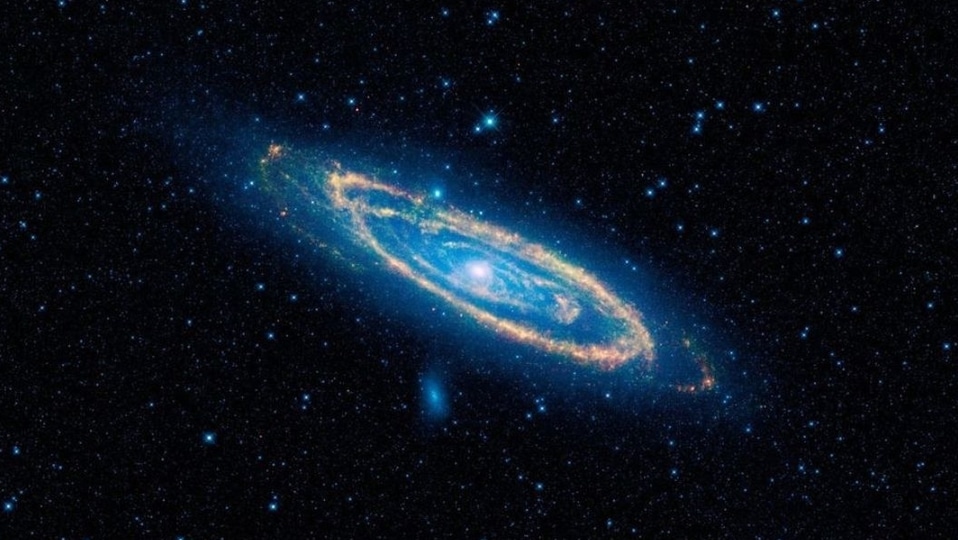SHOCKING! James Webb Space Telescope suffers a mysterious glitch
In a strange turn of events, the NASA James Webb Space Telescope has developed a strange sensor glitch in its MIRI imaging. Know how this may affect it.



_1659528105742_1659528125441_1659528125441.jpg)


 View all Images
View all ImagesHouston, we have a problem! The NASA James Webb Space Telescope is facing a mysterious issue in deep space. The JWST has played a pivotal role in capturing unseen images from distant space and helping scientists explore the universe more than ever before since it became operational last year. But now, one of its key instruments, the Mid-Infrared Instrument (MIRI), has suffered a sensor glitch. The glitch was caught during a routine performance monitoring and calibration procedure by NASA. Know how it can affect the performance of the James Webb telescope.
On April 21, NASA posted in its blog, “This month, while performing calibration by comparing the brightness of standard stars that have been well-cataloged by other observatories to what Webb's Mid-Infrared Instrument (MIRI) was receiving, team members noticed a discrepancy in the data”. It turned out that the MIRI imaging system had an issue with its sensor which was receiving less than the expected amount of light. This is specifically more visible while capturing lights in longer wavelengths.
NASA James Webb Space Telescope suffers a glitch
MIRI is one of the two most important components of the telescope and plays an important role in the images it captures. It has both a camera and a spectrograph that sees light in the mid-infrared region of the electromagnetic spectrum, with wavelengths that are longer than our eyes see. MIRI covers the wavelength range of 5 to 28 microns. Its sensitive detectors allow it to see the redshifted light of distant galaxies, newly forming stars, and faintly visible comets as well as objects in the Kuiper Belt.
This is why an issue with its sensor can be potentially damaging to NASA's exploratory plans. To solve this problem, NASA will be taking a systematic approach. The Webb team will continue MIRI observations as planned. The team will gather all relevant ground test and flight data to fully assess MRS performance. Further test observations will be taken to completely characterize the nature of the issue using this particular mode of observation.
Afterward, a long-term observation will be conducted to investigate the cause and find possible mitigations to improve its performance.
This is not the first time the MIRI imaging system has suffered a glitch. In September 2022, a glitch impacted the grating wheel of the instrument, which allows scientists to adjust the wavelength of light that the instrument captures. The Webb team was able to fix the issue remotely.
Catch all the Latest Tech News, Mobile News, Laptop News, Gaming news, Wearables News , How To News, also keep up with us on Whatsapp channel,Twitter, Facebook, Google News, and Instagram. For our latest videos, subscribe to our YouTube channel.




























